Author: Jason Cipriani
Stemming from the French-speaking Wallonian region of Belgium, Saison was originally brewed as a lower alcohol beverage to quench the thirsts of busy farm workers. From these humble beginnings has grown a style of beer that retains many of its traditionally rustic characteristics that has won the favor of many a modern drinker. While Saison can come in a variety of colors and alcohol levels, the BJCP Guidelines provides the following description of the style:
Most commonly, a pale, refreshing, highly-attenuated, moderately-bitter, moderate-strength Belgian ale with a very dry finish. Typically highly carbonated, and using non-barley cereal grains and optional spices for complexity, as complements the expressive yeast character that is fruity, spicy, and not overly phenolic.
I grew to appreciate Saison as I began to challenge my palate with beers outside of standard American ales and, after finding a delicious example at a local brewery, I went through a period where it was the only style I wanted to drink. When I started homebrewing, Saison was naturally at the top of my “to brew” list. I quickly began researching ways I could make this unique style of beer on my own. It was then that I discovered the somewhat flippant approach to fermentation temperature brewers of Saison seemed to take, which went against everything I knew to be true about making good beer. Other than that, most of the recipes I found looked pretty similar to other beer recipes with an apparent focus on a lower mash temperature to encourage attenuation.
I brewed a few tasty batches of Saison using these standard methods before moving on to other style obsessions, but a recent craving and an open spot in my keezer inspired me to see what I could make of this style when brewed using not-so-traditional techniques!
| BREWING THE BEER |
Wanting to brew a tried and true recipe for this batch, I sought inspiration from AHA website and ultimately settled on Battre L’oie Saison that I adapted to work with hops I had on hand.
Short & Shoddy Saison
Recipe Details
| Batch Size | Boil Time | IBU | SRM | Est. OG | Est. FG | ABV |
|---|---|---|---|---|---|---|
| 5.5 gal | 15 min | 28.1 IBUs | 3.5 SRM | 1.056 | 1.010 | 6.0 % |
| Actuals | 1.056 | 1.007 | 6.4 % | |||
Fermentables
| Name | Amount | % |
|---|---|---|
| Pilsner Malt (Rahr) | 8.25 lbs | 66.71 |
| Vienna Malt | 1.372 lbs | 11.1 |
| Wheat Malt, Bel | 1.372 lbs | 11.1 |
| Sugar, Table (Sucrose) | 1.372 lbs | 11.1 |
Hops
| Name | Amount | Time | Use | Form | Alpha % |
|---|---|---|---|---|---|
| Willamette | 57 g | 15 min | First Wort | Pellet | 5.9 |
| Amarillo | 46 g | 10 min | Aroma | Pellet | 10.1 |
Yeast
| Name | Lab | Attenuation | Temperature |
|---|---|---|---|
| Rustic (B56) | Imperial Yeast | 74% | 68°F - 80°F |
Notes
| Water Profile: Pueblo, CO municipal treated with Campden |
Download
| Download this recipe's BeerXML file |
After finishing some yard work, I had just a few hours before my Denver Broncos played the Dallas Cowboys. Perfect for a Short & Shoddy brew session! Around 10:45 AM, I collected the entire volume of hot tap water, frowned upon due to the crud that lives in hot water tanks, then dropped in some Campden to help with any chloramine/chlorine issues.
The water was sitting at 125°F/52°C 10 minutes later when I lit the flame. While the water was heating, I moved the rollers on my grain mill as close as they could go without touching with the goal being to improve my Short & Shoddy efficiency.
Predictably, the grain looked more like flour than my typical grist.
The water reached my target strike temperature in just 10 minutes thanks to its unconventionally warm start; it was 11:05 AM when I lowered my BIAB bag full of grain into the mash tun and thoroughly stirred it for a few minutes to break up dough balls. I wasn’t too worried when I found my mash temperature clocked in a little higher than planned.
I immediately turned on the recirculation pump and started a timer for a brief 20 minute mash. During this step, I hastily weighed the hops and sugar addition.
With the mash step complete, I began transferring the sweet wort from the mash tun to the kettle and lit the burner as soon as the bottom was covered by wort. I placed my immersion chiller in the wort while it was heating. It took about 20 minutes for the wort to reach a boil, at which point I set a timer for 15 minutes. With 5 minutes to go, I added the sugar to the wort, then when the boil was finished, I tossed in the hop stand addition and let it sit for 10 more minutes before chilling.
Just before 1:00 PM, the wort was down to 88°F/31°C, at which point I transferred it to a sanitized fermentor.
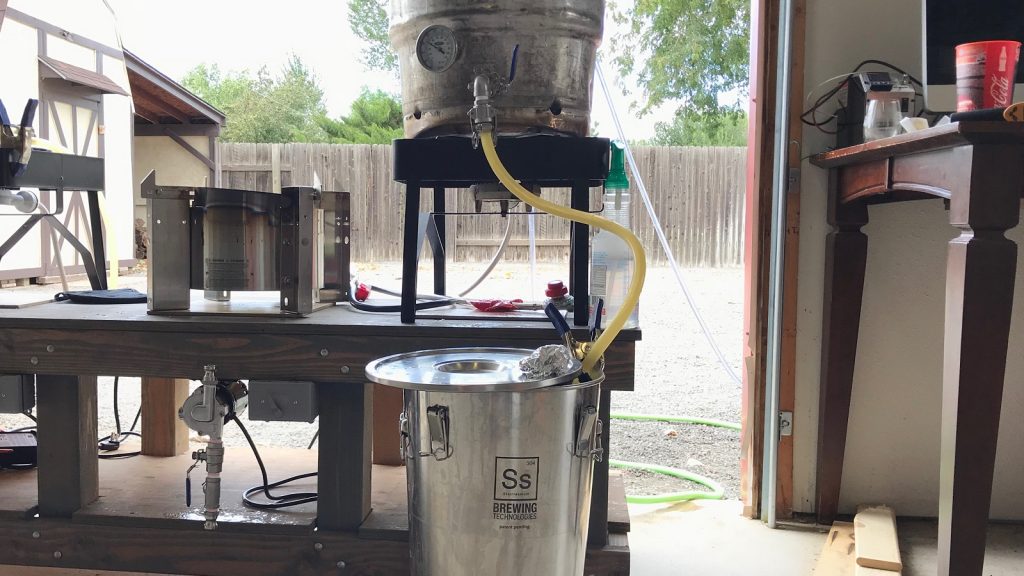
I stole some of this warm wort and immediately took a hydrometer measurement rather than waiting until it was cool like I’d usually do. After correcting for temperature, the wort was at 1.056 OG with 62% brewhouse efficiency, definitely respectable given the abbreviated mash rest.
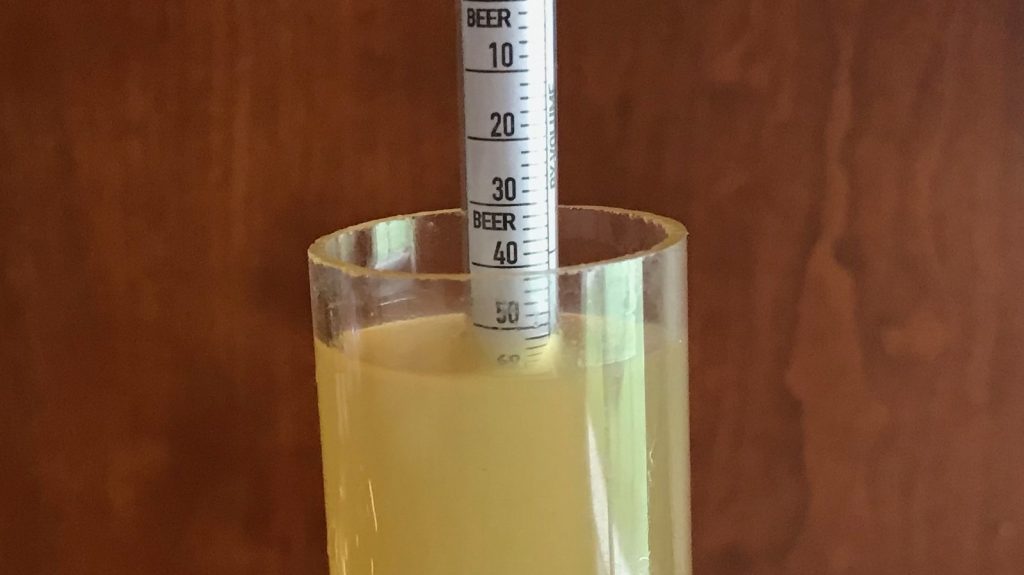
I placed the filled Brew Bucket in my office and let it sit while I tended to brew day clean-up and the start of the Broncos game.
At halftime, I returned to direct pitch a single pack of Imperial Yeast B56 Rustic, keeping the foil I’d placed over the lid hole in place rather than swapping it out with an airlock like I usually do.
My office usually sits at 74°F/23°C, which seemed like an adequate temperature given the style. However, what I failed to account for was a change in weather that resulted in my room cooling to the point the beer dropped to 66°F/19°C during fermentation. The joys of Autumn in Colorado! I did bring the temperature of the room up and the beer finished closer to 70°F/21°C.
I nervously waited 5 days for fermentation to complete. The idea of having nothing more than a piece of foil from keeping bad bugs and oxygen out of my fermenting beer nearly drove me insane. I took an initial hydrometer measurement 5 days into fermentation and another that showed no change 2 days later indicating FG had been reached.
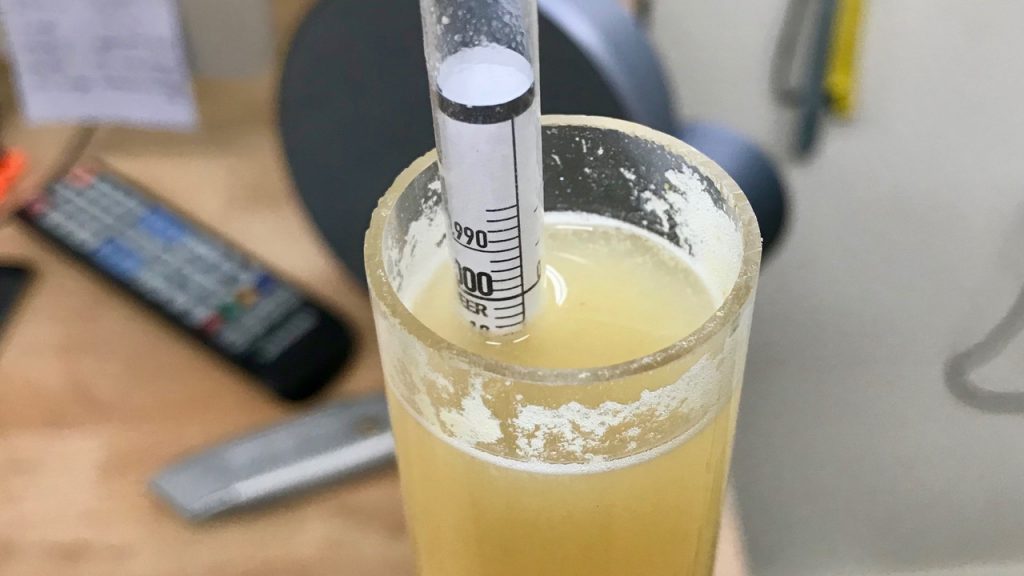
With fermentation complete, I transferred the beer to a sanitized keg that was placed in my keezer where I fined it with gelatin.
After 18 hours of burst carbonation at 50 psi, I reduced the gas to serving pressure and let it condition a few more days until collecting data.
| METHOD |
Participants, all blind to the brewing methods used, were served samples of the beer in standard clear taster glasses then asked to focus on its appearance, aroma, flavor, and mouthfeel. Each participant completed a brief survey in a relatively quiet setting after being instructed not to interact with others while evaluating the beer.
| RESULTS |
A total of 20 people of various levels of experience participated in this Short & Shoddy evaluation. Participants were first asked to write-in the style they believed the beer to be based on their perception.
Tasters were then instructed to rate how hoppy, malty, and dry they perceived the beer to be on a 0-5 scale where a rating of 0 indicated “not at all” and 5 indicated “extremely;” these ratings were then averaged.
Tasters were provided a list of common hop, malt, and yeast characteristics then instructed to select from each the one they perceived as being strongest in the beer.
Hop Characteristics
Malt Characteristics
Yeast Characteristics
Next, participants were asked to indicate whether or not they detected any off-flavors in the beer; those who did were provided a list of common off-flavors and instructed to select the one they perceived as being strongest. Out of the 20 participants, 14 felt the beer possessed no off-flavors. Of the 6 who did perceive off-flavors, 3 detected astringency, 1 picked up DMS, 1 tasted diacetyl, and 1 fel the beer was oxidized.
Tasters were then asked to rate how much they enjoyed the beer on a 0-5 scale where 0 indicated they hated it and 5 indicated they loved it.
Finally, the beer style was revealed to participants and they were asked to rate how representative it was on a 0-5 scale where 0 meant “not at all” and 5 meant “extremely.”
My Impressions: My initial thought about this beer after my first few samples was that it might be stale, something I was admittedly looking for due my concerns about fermenting without an airlock. This bias never fully went away, but it certainly took a back seat to more preferable characteristics. To me, the spicy phenolics I expected were overpowered by a fruity aroma I reckoned came from the Amarillo hops and perhaps some esters. Additionally, I perceived the beer as being very dry with a noticeable crackery malt character that worked with the other characteristics to create what I thought was a damn good Saison, especially considering it was brewed in just over 2 hours.
| CONCLUSION |
With descriptors like rustic and farmhouse, I tend to view Saison as having its roots in somewhat Short & Shoddy methods. While brewers of today have adopted specific approaches to making the Saison with the characteristics they desire, I’m fairly certain the first versions weren’t made with such tact but at least somewhat haphazardly thrown together with the goal of producing a quaffable beverage to keep thirsty farmers happy. This likely explains the reason the BJCP Guidelines for Saison are fairly broad, it’s a historical style that has many variations with some consistent characteristics.
I can’t be sure what the exact methods used by the original Saison brewers were, but I was curious to see what I would end up with by replacing conventional brewing approaches with shorter and shoddier ones. Based on the overall evaluations from blind tasters, it would seem a decent Saison could be produced with hot tap water, a super fine grain crush, 20 minute mash, 15 minute boil, pitching warm, not controlling fermentation temperature, and fermenting without an airlock. However, given 11 of the 20 participants rated the most prominent yeast characteristic as “clean” when Saison is noted for possessing a relatively strong phenolic characteristic, it’s clear my beer didn’t hit the stylistic bulls-eye. Corroborating this is the fact only 2 tasters correctly selected Saison as the style while 4 thought it was an American Lager.
Considering what might have caused this relative lack of phenolics, it seems plausible the culprit was the drop in fermentation temperature to 66°F/19°C, which is a bit lower than the warmer temperatures typically recommended for Saison. With the lack of consistency in off-flavors endorsed as well as my prior experiences, I’m not convinced the other Short & Shoddy steps were detrimental to the beer, though perhaps a ferulic acid rest would have increased the spicy notes some. Regardless, in talking with participants after completing the survey, even those who thought it was a cleaner style of beer weren’t surprised at the revelation it was in fact a Saison. Most reported an initial impression of a Saison-like aroma but were swayed by the fruitiness of the beer, which I think came from the Amarillo hops.
In my opinion, this Short & Shoddy Saison was very good, even though it didn’t completely hit the mark in terms of fermentation characteristics. I absolutely plan to brew more Saison using these less conventional methods, though in the future I’ll likely use an airlock for peace of mind as well as keep the fermentation temperature warmer to pull more phenolics.
If you have thoughts about this Short & Shoddy brew, please feel free to share in the comments section below!
Support Brülosophy In Style!
All designs are available in various colors and sizes on Amazon!
Follow Brülosophy on:
FACEBOOK | TWITTER | INSTAGRAM
If you enjoy this stuff and feel compelled to support Brulosophy.com, please check out the Support Us page for details on how you can very easily do so. Thanks!

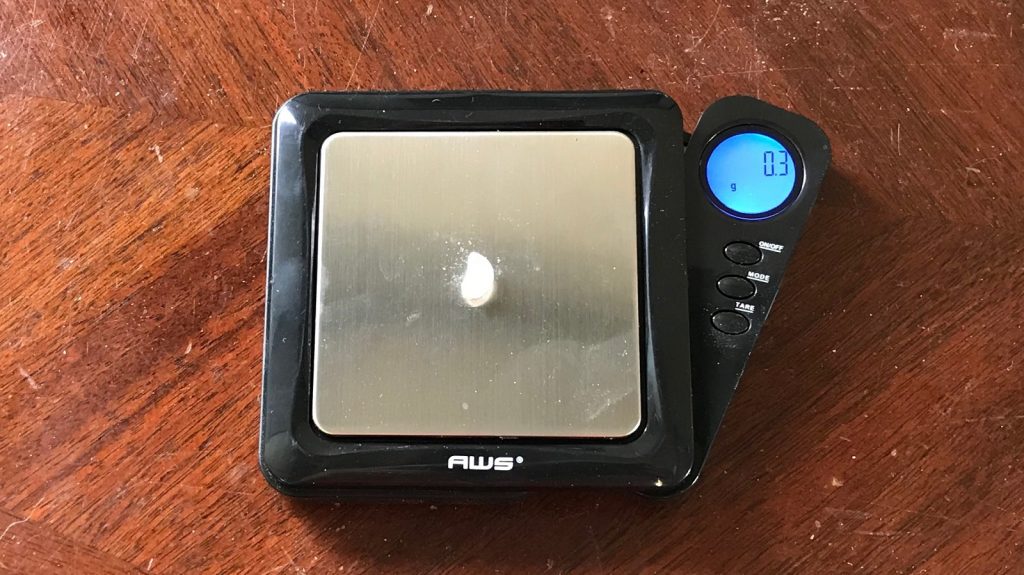
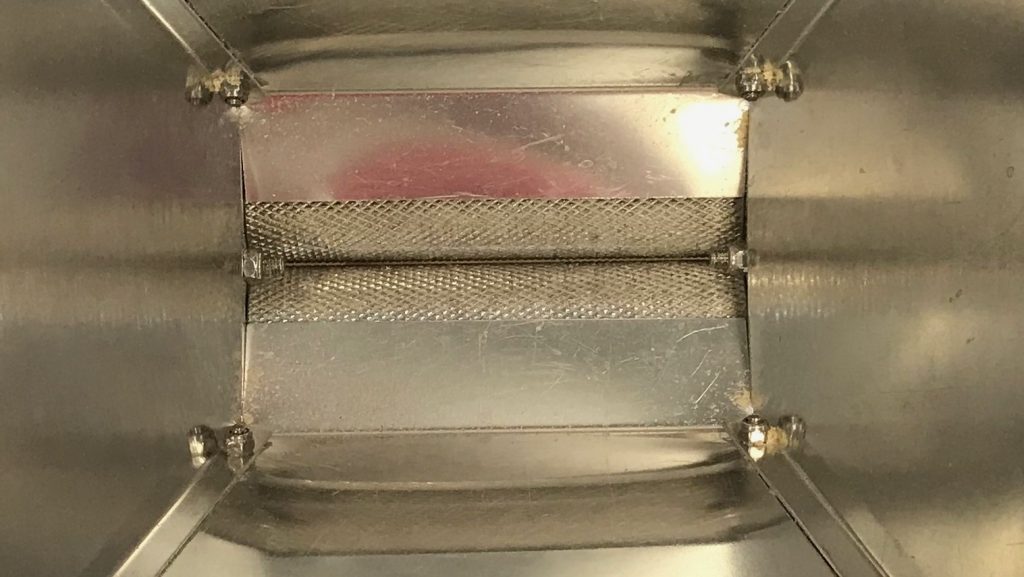
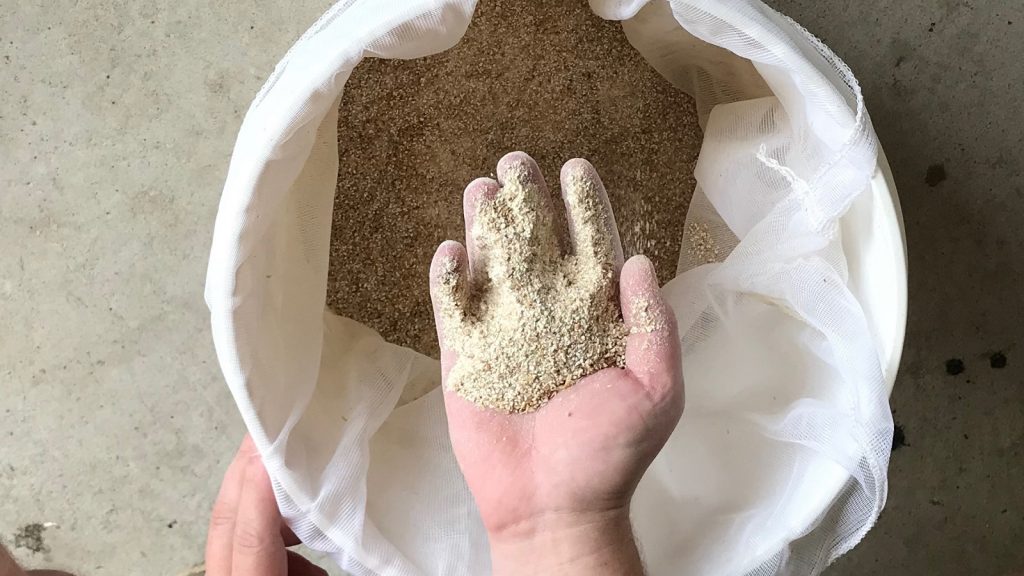
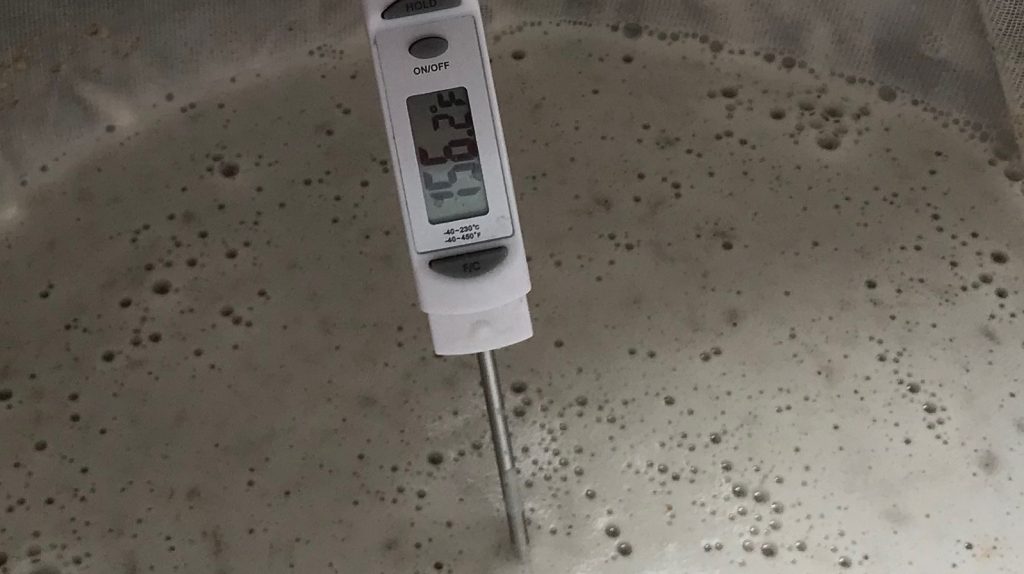
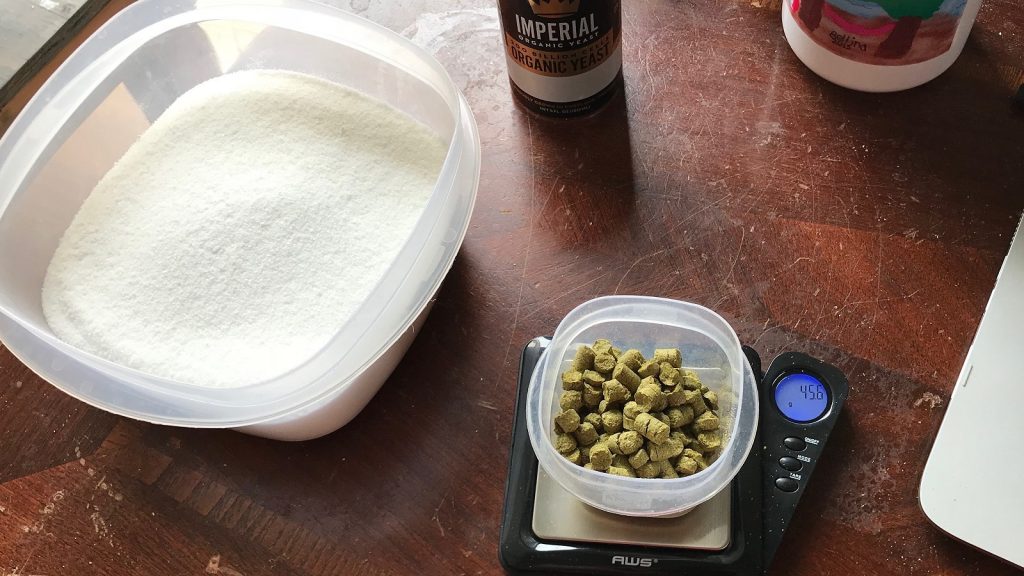
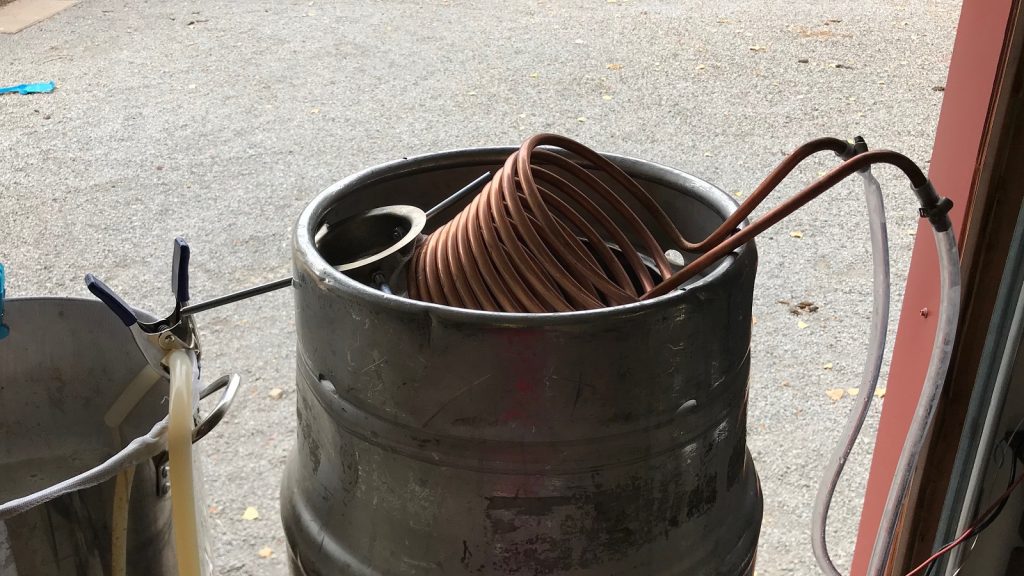
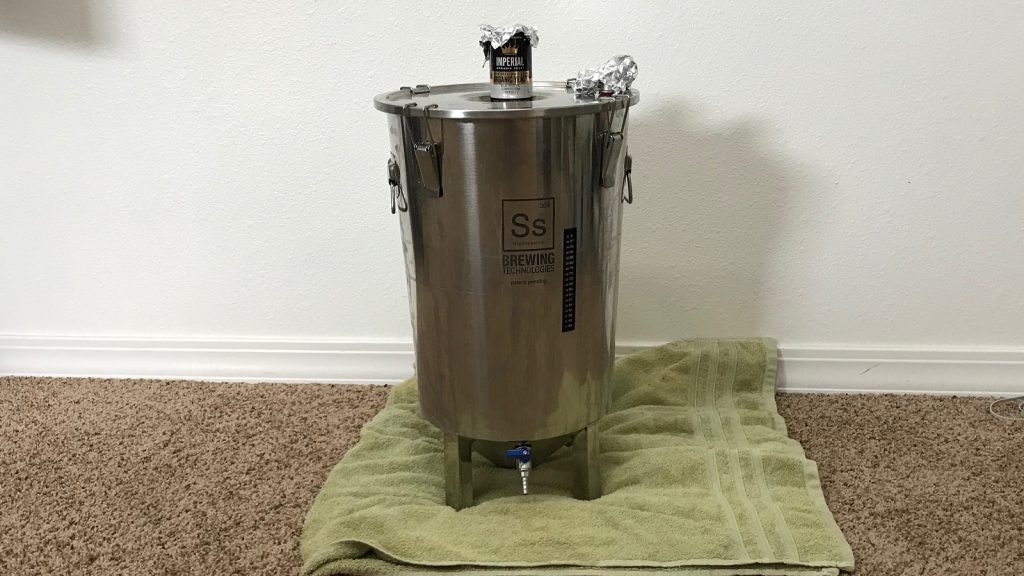
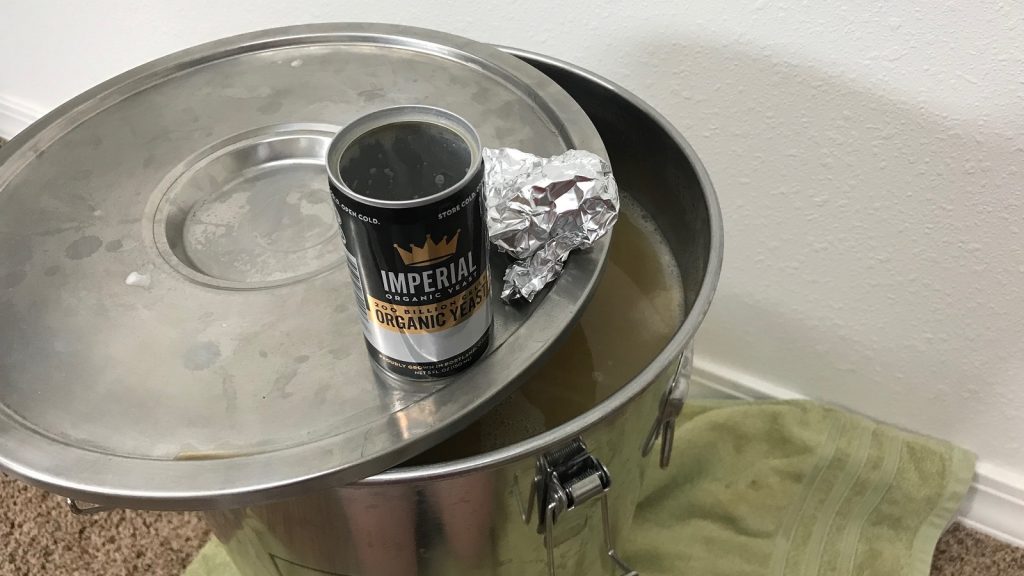
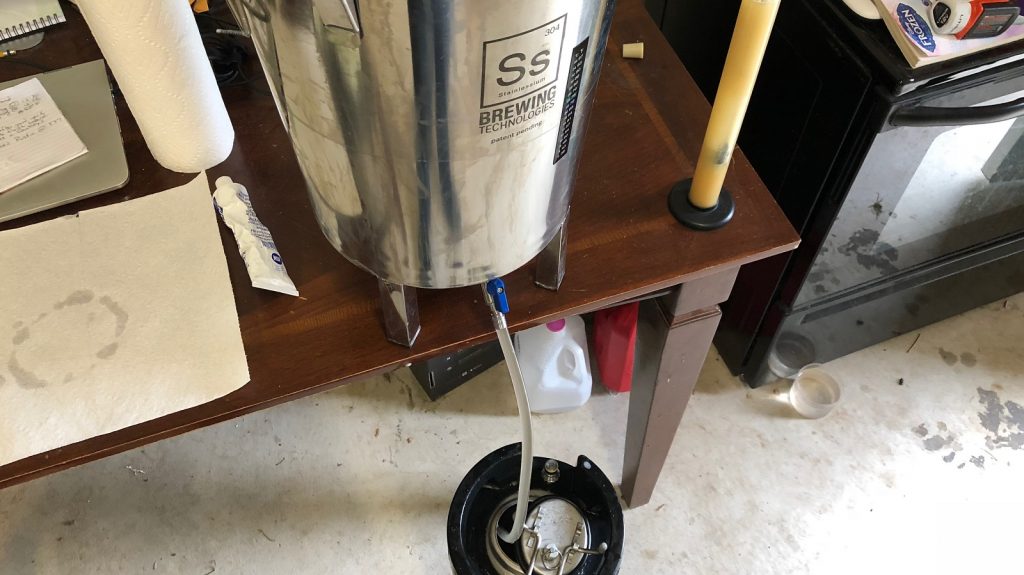
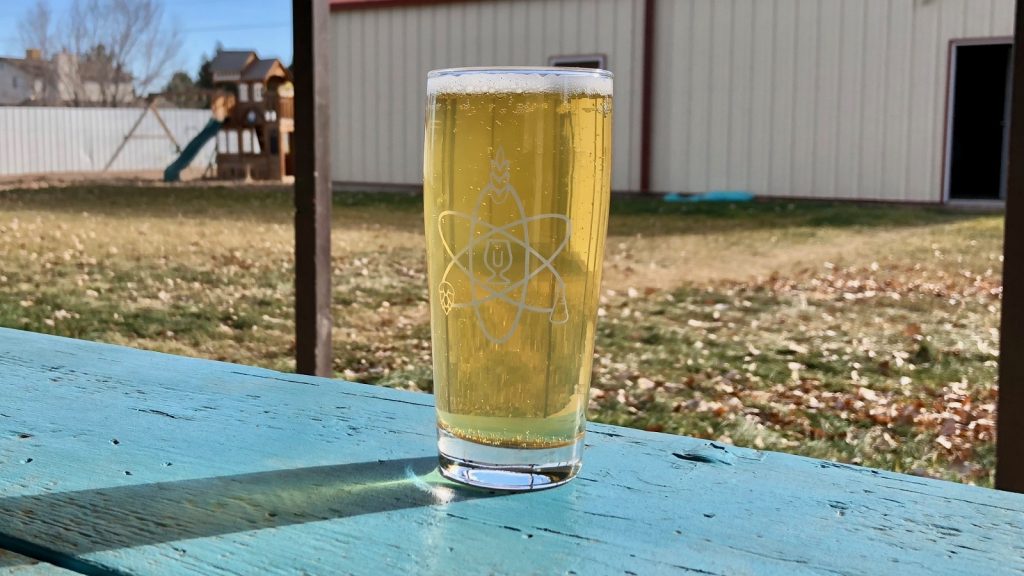
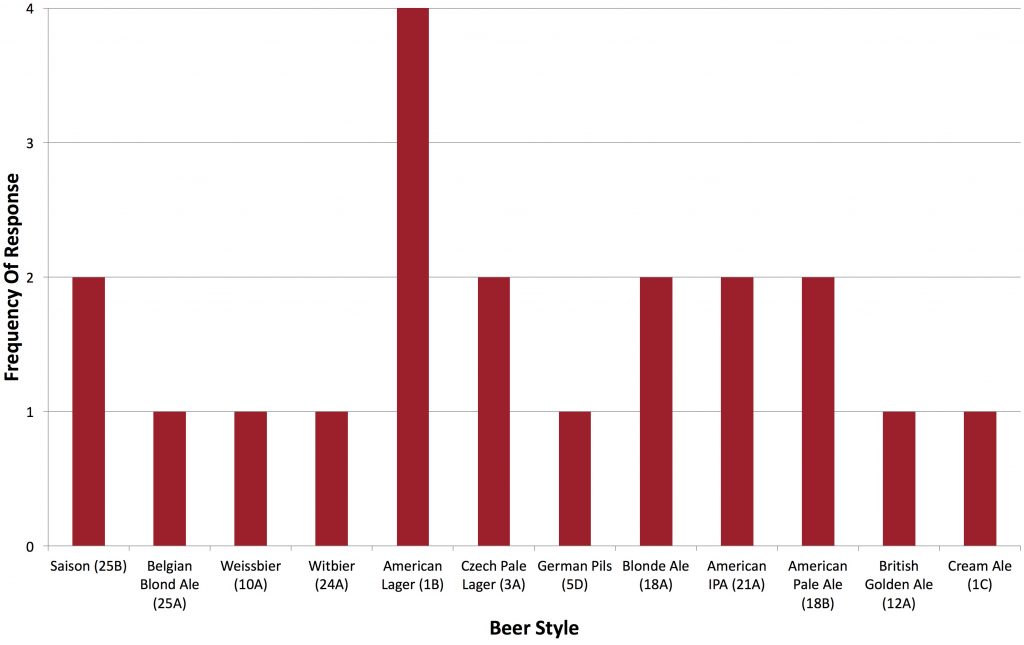
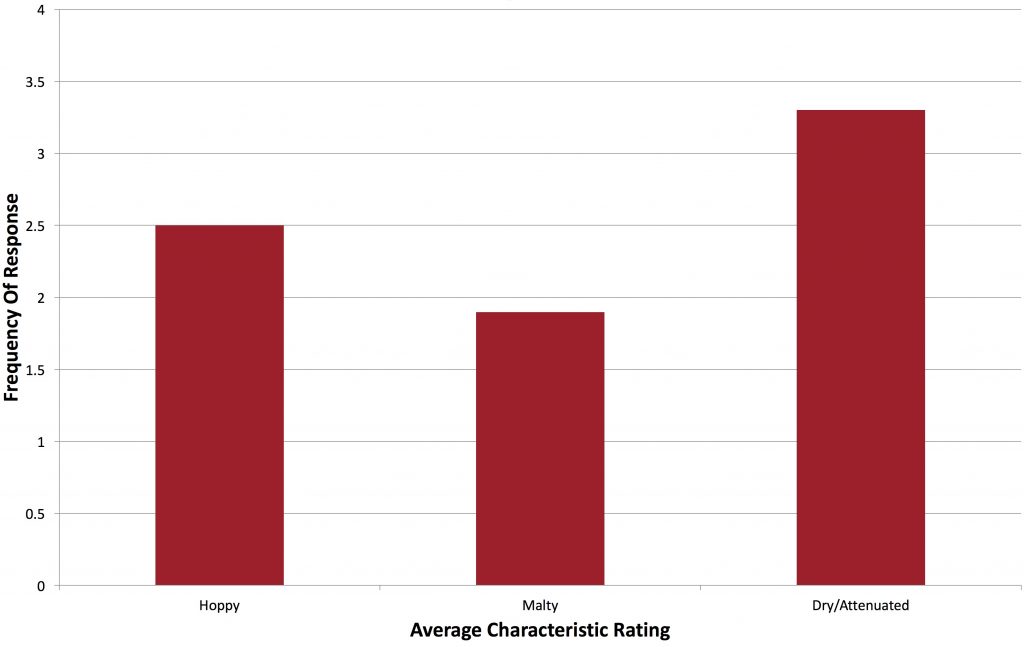
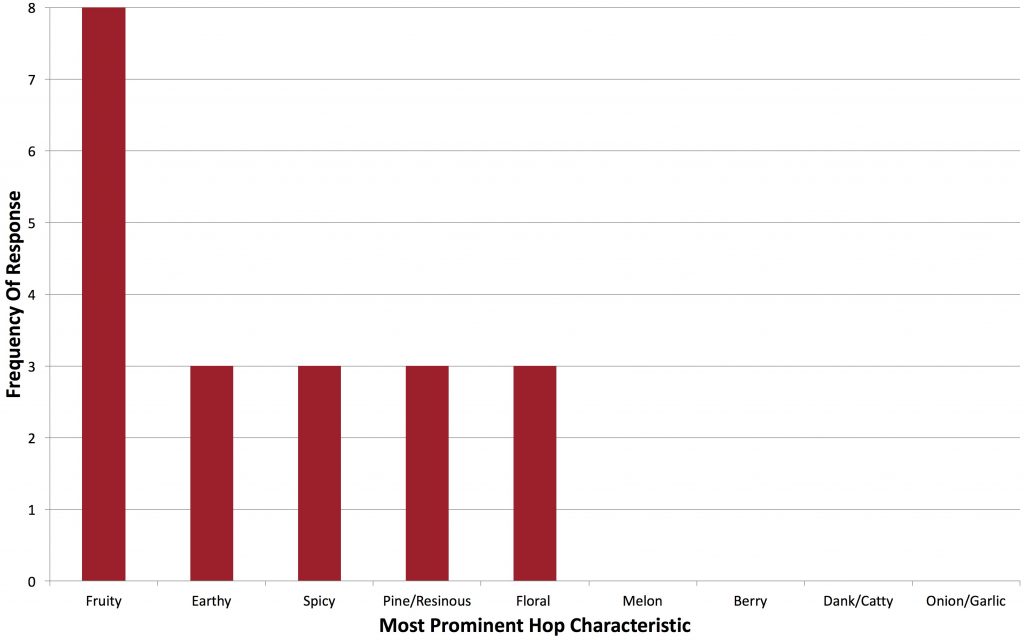
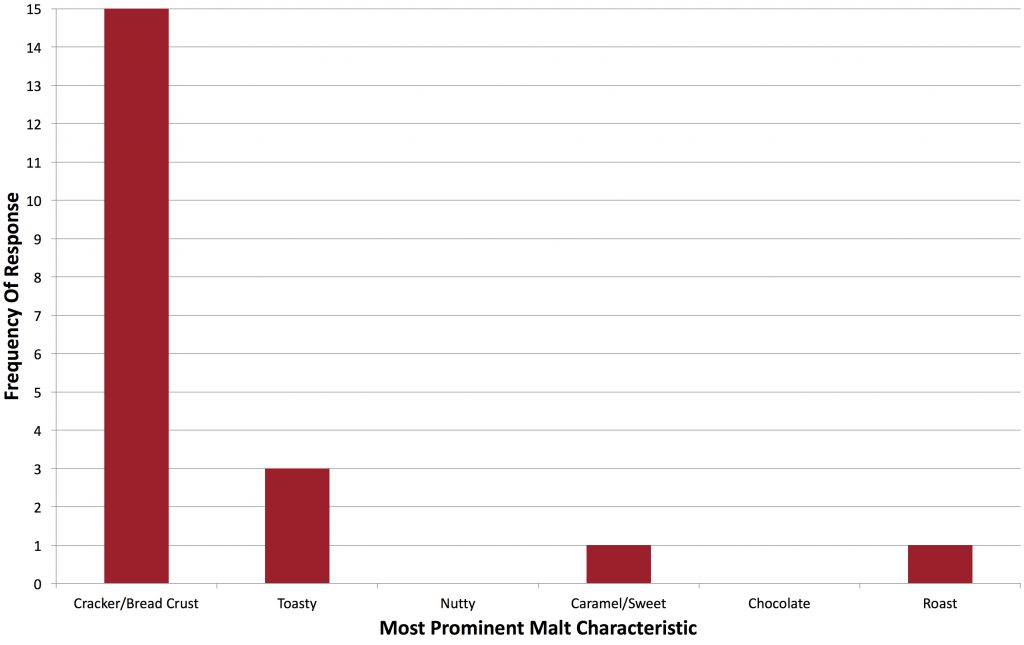
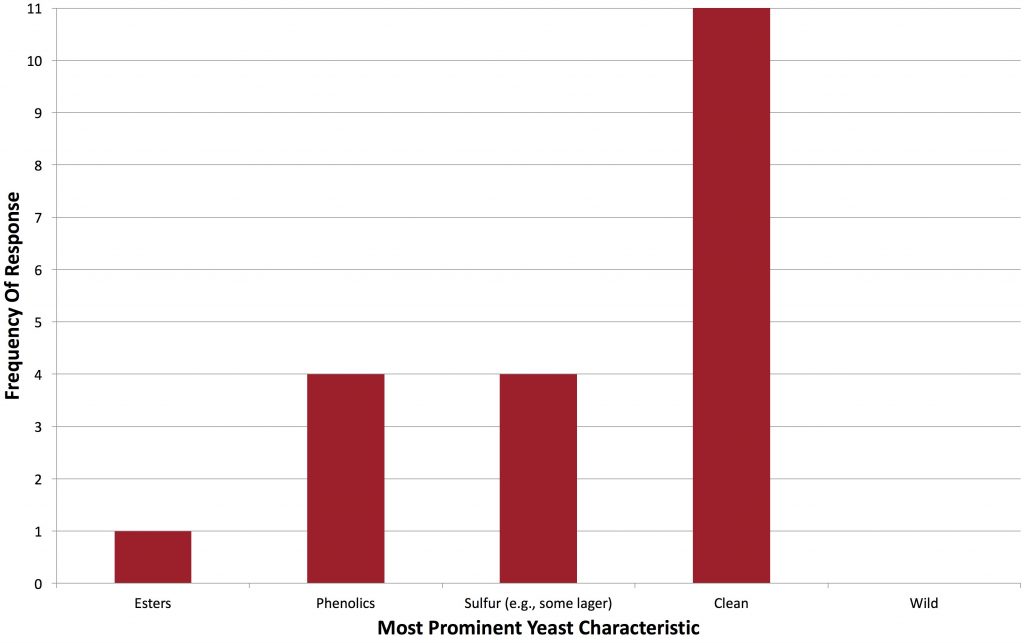
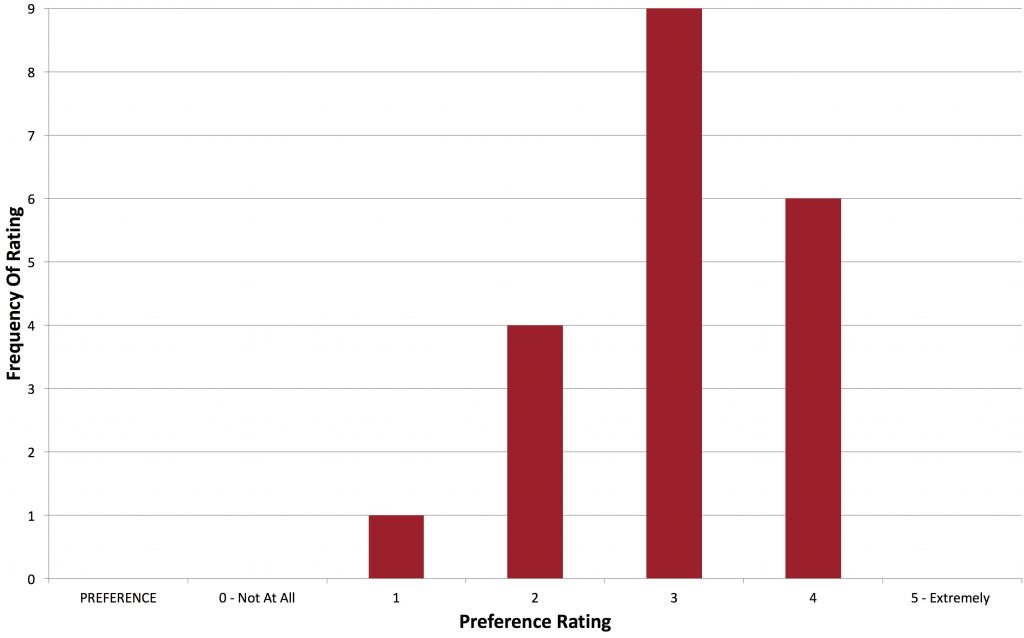
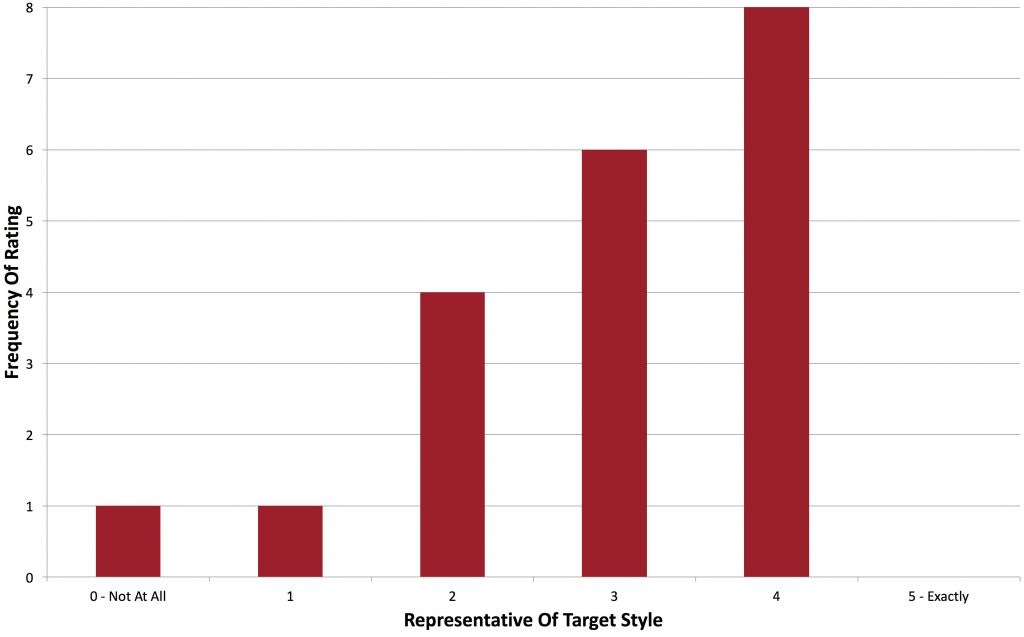










16 thoughts on “Short & Shoddy | Saison”
When asked to evaluate how well it fit a style, did you tell them the style? Or were they supposed to compare it to the style they guessed it was?
“Finally, the beer style was revealed to participants and they were asked to rate how representative it was on a 0-5 scale where 0 meant “not at all” and 5 meant “extremely.””
Not familiar with that yeast. First off temps. Those have to stay above 70. Last Saison u did I did 70 for two days then 75 for two days and then 80 for the remainder, ending at ten days. Plus gelatin may strip some of the cloudiness and perhaps some of the ideal esters
I’m sure many will say it, but the insistence on fining is confusing, especially when brewing a Saison. Let it be cloudy. Especially given the historical perspective and short and shoddy nature of the brew. It’s not clear, go with it.
The saisons I make are 100% pilsner with no late hops, so I can see lots of the aspects you mention. Very dry but relatively clean. Some spice. Lager drinkers are ok with them. Even the Brett ones can come across fairly balanced.
First, thanks for what you guys are doing – so not trying to be negative here, just constructive criticism! I notice you don’t talk about the problem possibly being Imperial Organic Yeast, and they’re a sponsor right? The online reviews of B56 talk a lot about its esters, particularly bubblegum, how it supports the malt bill, and other things that don’t make it sound like that great of a saison strain. It’s noted as having low phenols. It’d be great if you guys used more White Labs and Wyeast strains in your tests since that’s what most people use and those brands have proven track records. It’d help let us know if the variable is the big factor and not the yeast.
Also, it’s interesting that only four people said they thought it was any type of Belgian style but eight people then gave it a 4 for how well it represented a saison. I think you guys said you were going to start entering these Short & Shoddy beers into comps and I hope you do just for an added level of feedback, which may be less biased and out to please and be nice. Thanks!
Rustic is actually a great saison strain; it originates from Blaugies. I, for one, really like the fruitiness is throws, and it does have some nice phenolics. It’s different from the spicy Dupont strains, but great none the less. The problem here is that this strain really performs best in the 80-85 range. Below that it tastes like generic banana and clove. If you treat it right, it’s a musty grapefruit character (which some may perceive as bubblegum). Anyway, don’t knock it until you try it.
I heard an interview with the Imperial Organic guys, and they said their yeast source was Wyeast (I mean, they worked at Wyeast before branching out and starting their own company, so it makes sense).
If using a sponsors yeast means I get more content, then I am all for it. I have always thought that these short and shoddy “exbeeriments” are really about being able to produce something without the “necessary” brewing procedures. I think using different styles only adds additional intrigue. While I only ever use White Labs, seeing it used here enough would probably get me to try imperial at some point.
I have to admit I’ve been a convert on the short turn around beers for about 6 months. I’ve done a handful of beers using a variety of malts. I’ve done an APA, lager, Belgian, brown ale. The lager and Belgian were the ones I had the most concerns about but they came out great. Both were made with pilsner malt. The Belgian had a low mash temp. Did a 30 min biab mash with no sparge and 30 min boil. I’m consistently getting 70% efficiency. Unless I run into an issue in the future I don’t see any reason to go back to the longer boil and mash. The only adjustments I’ve had to get used to are dialing in my mash water temp since I’m adding the full volume to the mash, and adjusting for hop additions in the shorter boil. I love being able to do all grain batches without having to dedicate an entire day.
I just recently brewed my first short and shoddy. A real heresy of a beer… a lager (Munich Helles) that I mashed for 30 minutes and boiled for 30 minutes. On top of that, I fermented it at 18C / 64F–not because I can’t control my fermentation temperature, but because I plan on making this a house beer that may share the fermentation chamber with my house pale ale at times. Then I started drinking it just 3 weeks after brew day. It tastes exactly like a Munich Helles should. Nice and clean–no DMS. Fantastic.
Been reading up lately on Kveik a Norwegian Farm house style yeast you guys herd much about this yeast and this different beer style (no boil). High Attenuating, High Flocculating, High alcohol tolerance, high temperature tolerant up to 40C and very expressive yeast like a super yeast! Youse should do some exbeerments with this stuff.
I just brewed a short and shoddy version of a pale ale I am working on. It tastes exactly the same and my brew day was much shorter. If I were to do it again, I would need to address my efficiency issues (I used BIAB while I normally fly sparge). Otherwise, it was a fun technique and I was able to complete it during a normal brew day nearly before I was finished mashing my traditional batch.
Did a speed BIAB brew today! 100% pils malt. “Normal” crush. Mash at 156 only 15 min with stirring every 5 min. FWH Merkur and squeezed the 9lb grain easily. 15 min boil and done. 80 min with cleanup and everything! And hit 76% efficiency. I also add a tsp of amylase enzyme with yeast to convert any dissolved starch and help with FG. I’ve had under attenuation with speed brews in past. Don’t know why. Anyways, best efficiency to date. I think temp and stirring really helped. I’ve done these before and get quicker every time. They are great for hoppy beers where high alpha dual purpose hops can be used to bitter and add flavor.
Great post man. I had in mind some phenols came from colder fermentation temperatures which is why it’s common for belgians to be fermented slightly below the yeast’s ideal temperature for a few days before letting them climb…am I completely mistaken on that?
Yeah, I echo the comnents about fining. The gelatin likely stripped away too much of the yeast characteristics.